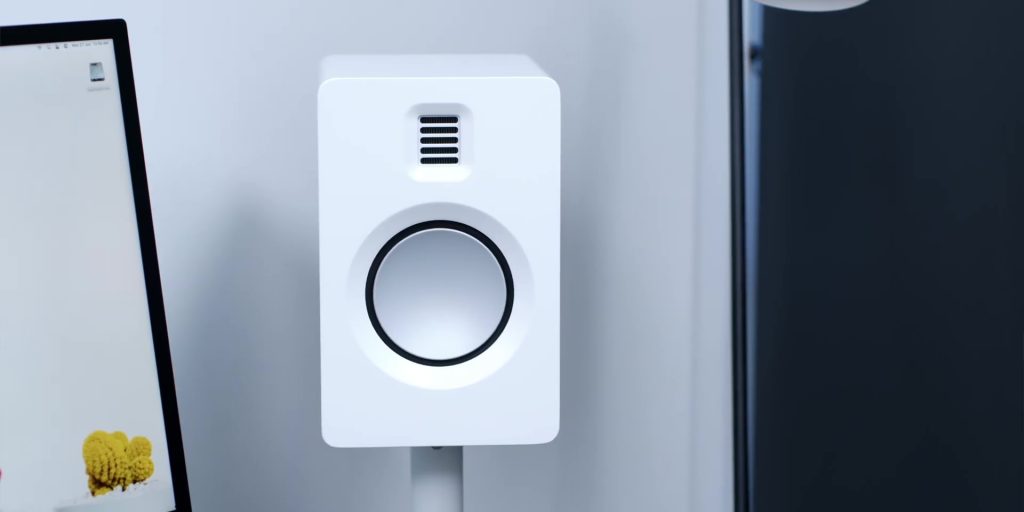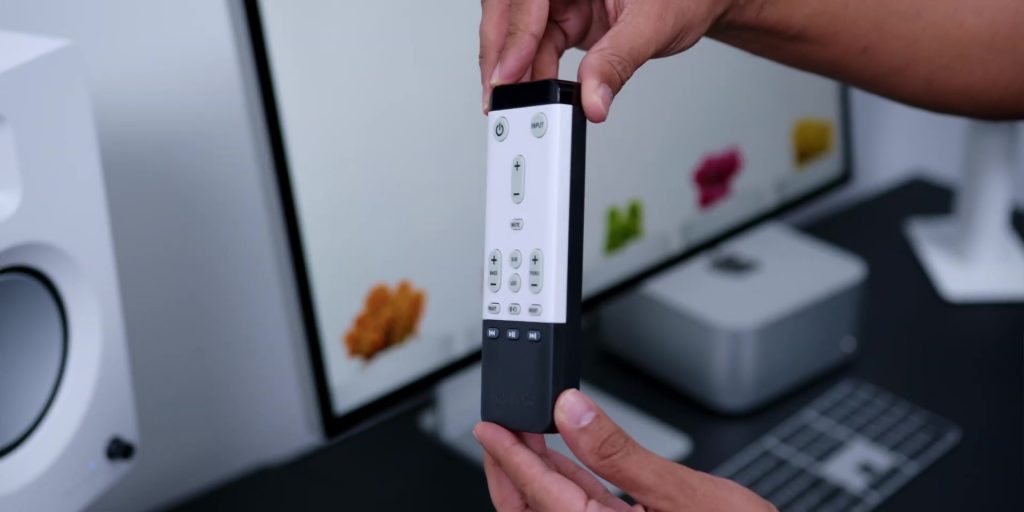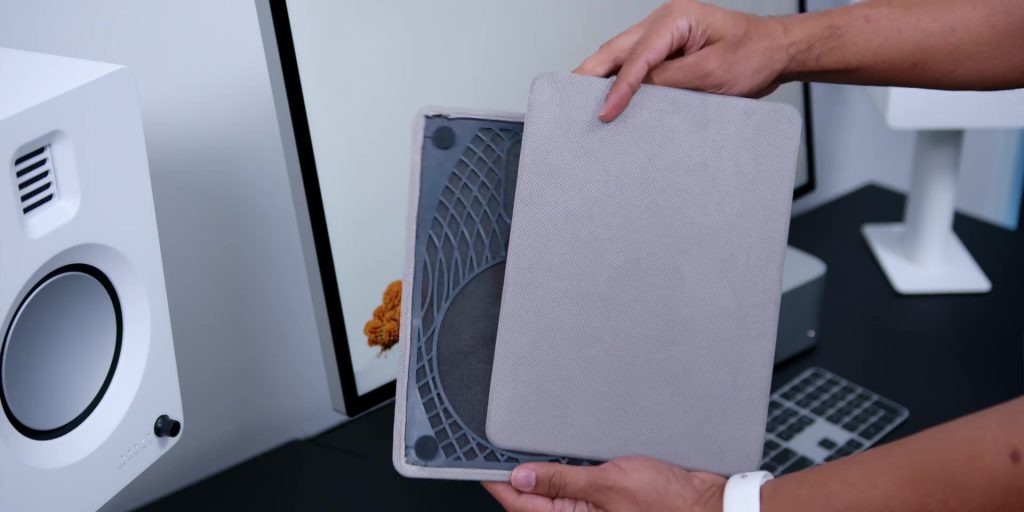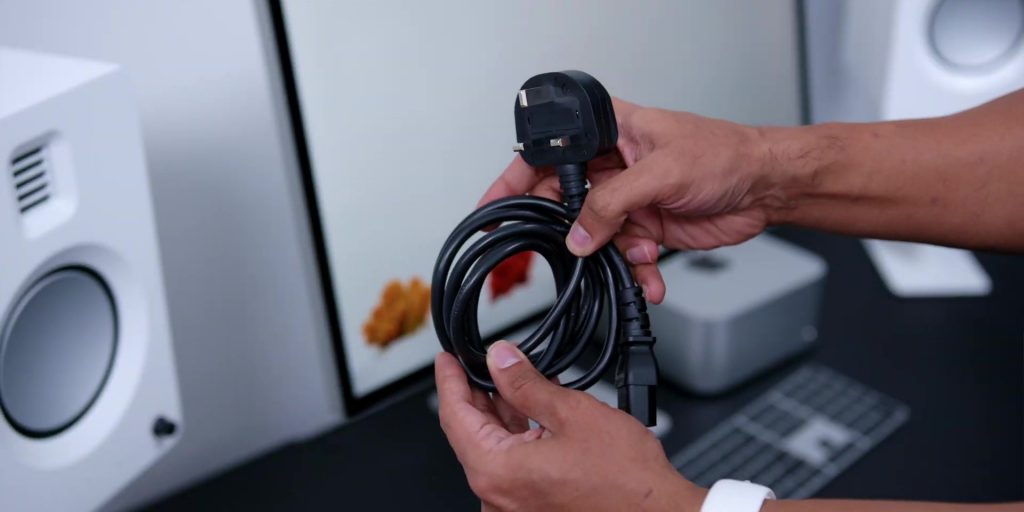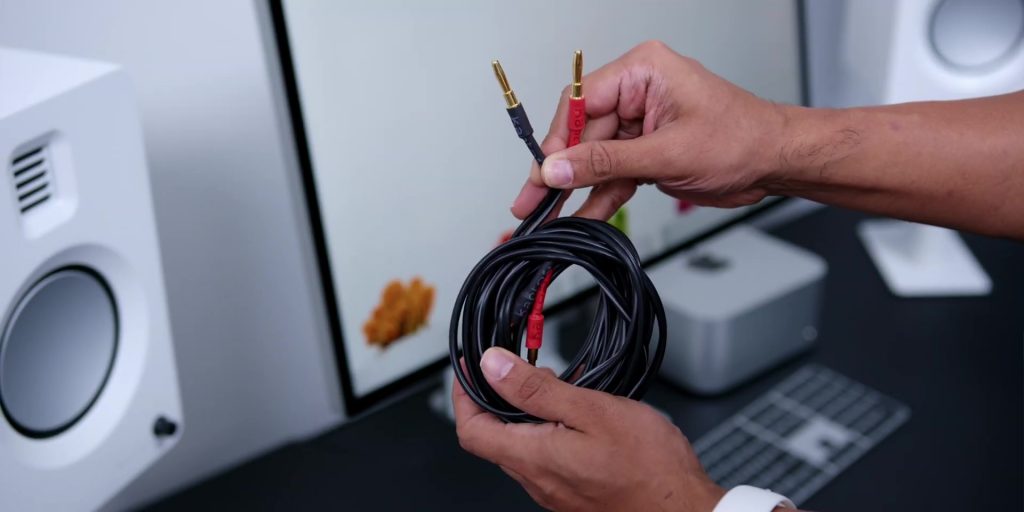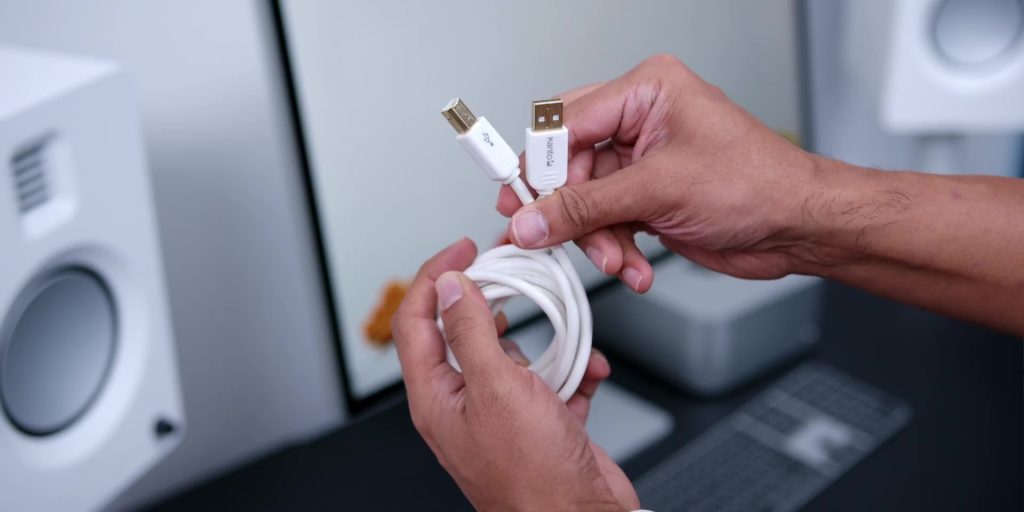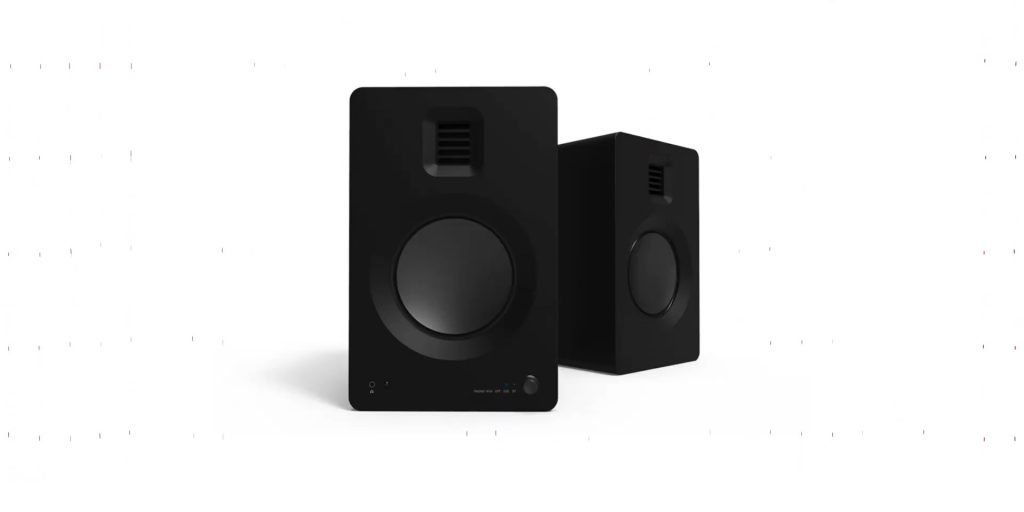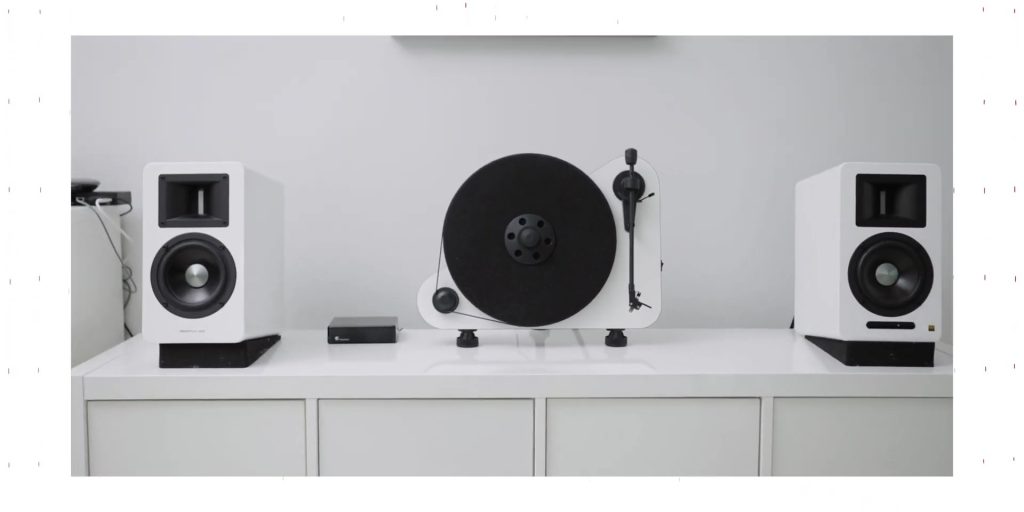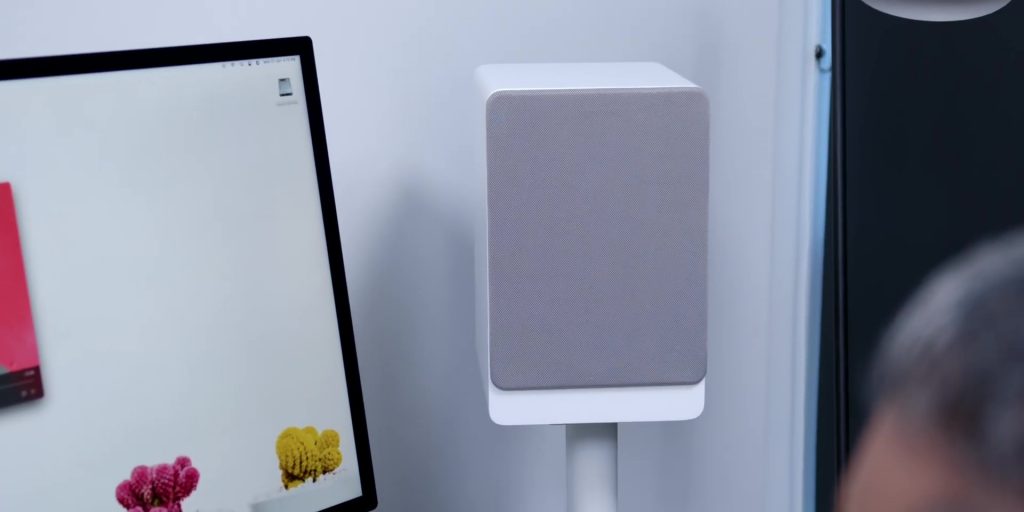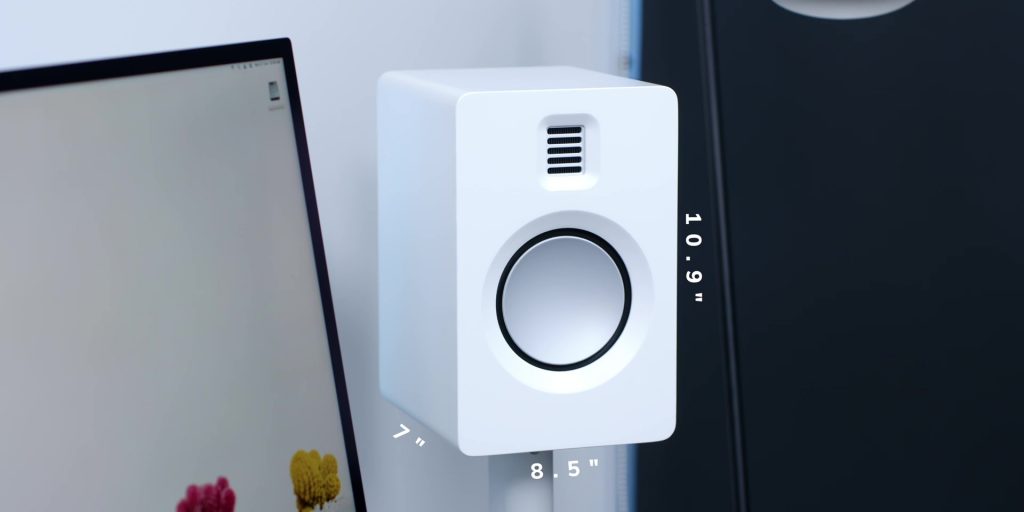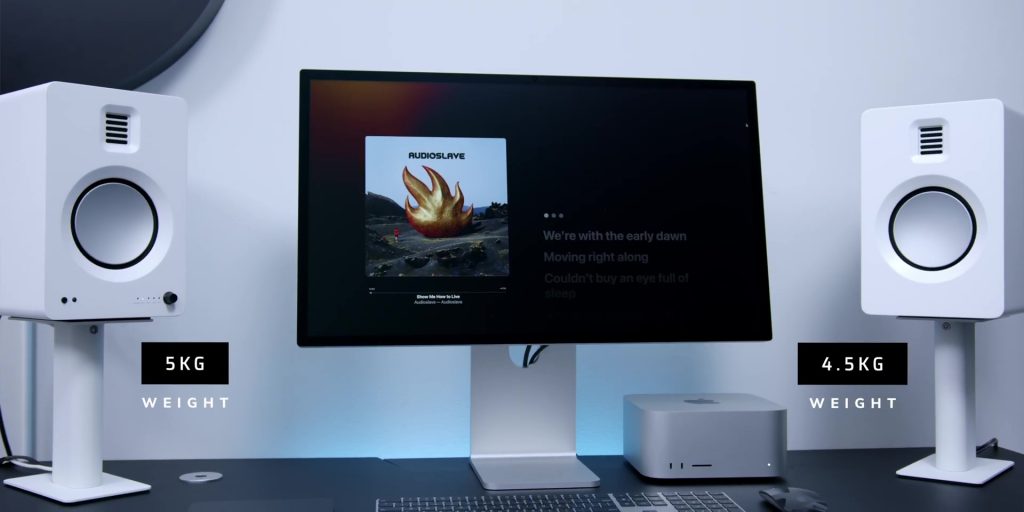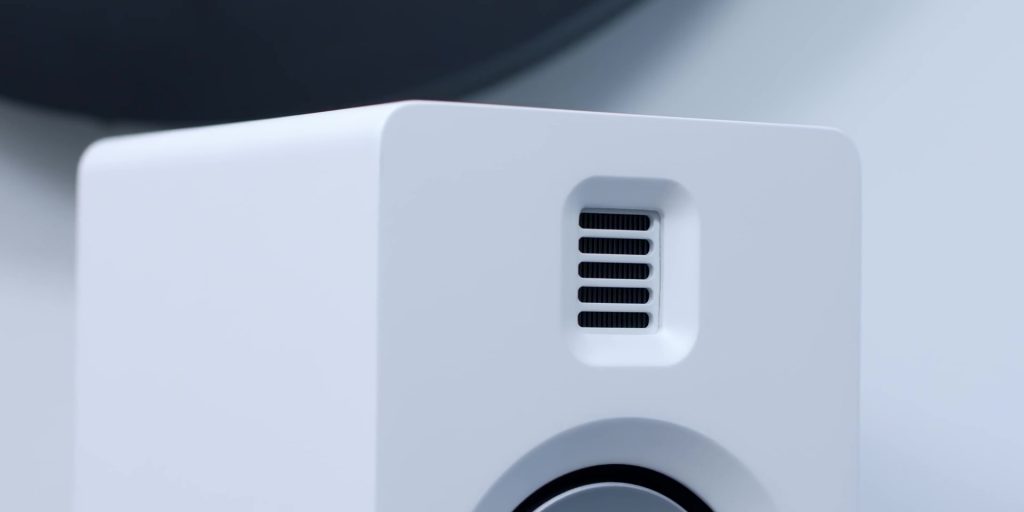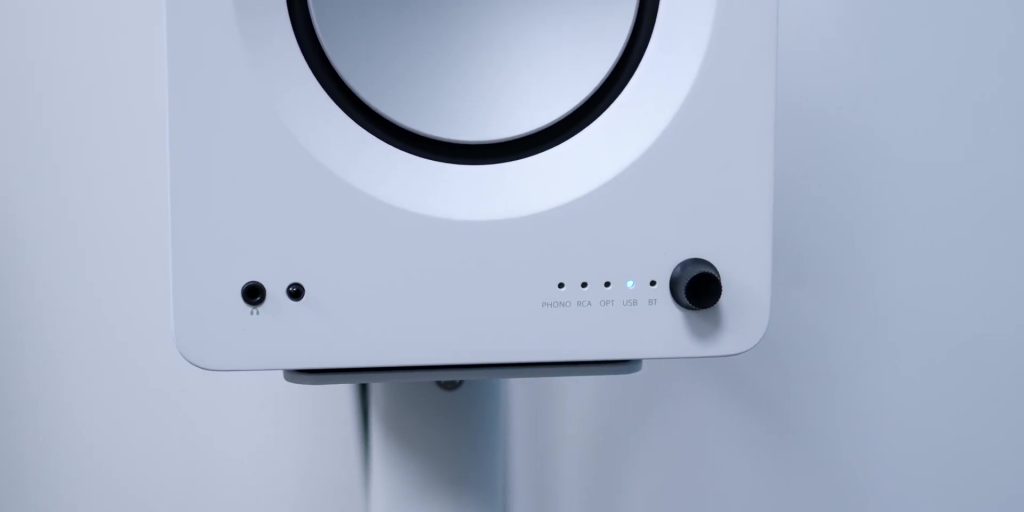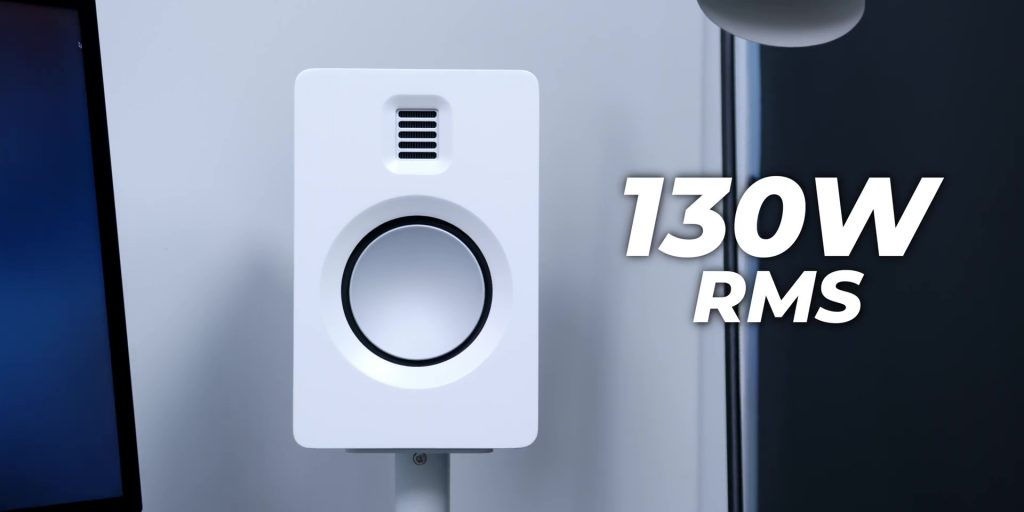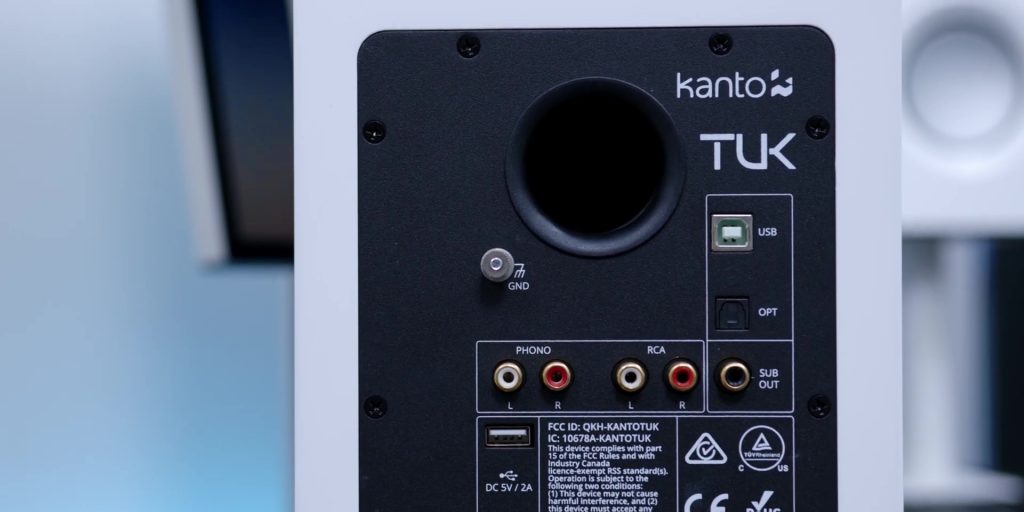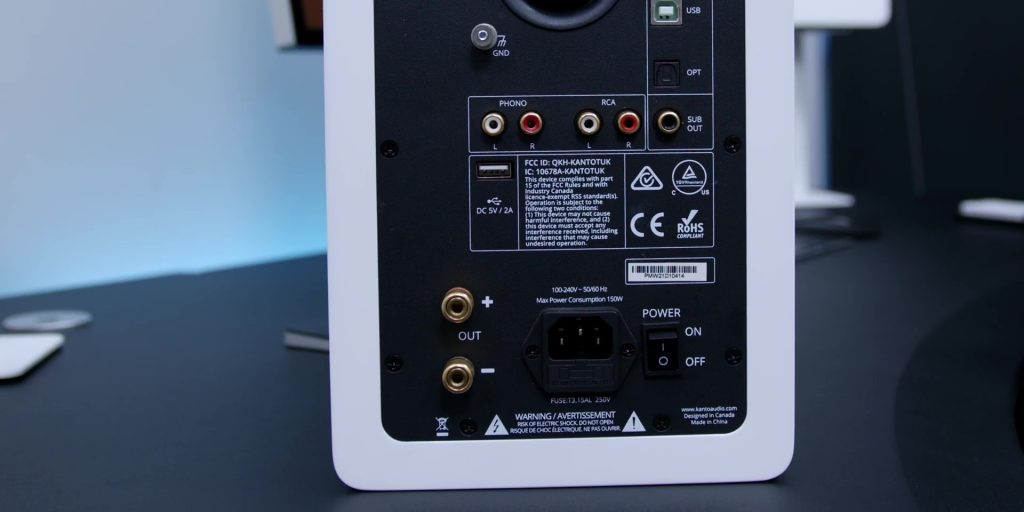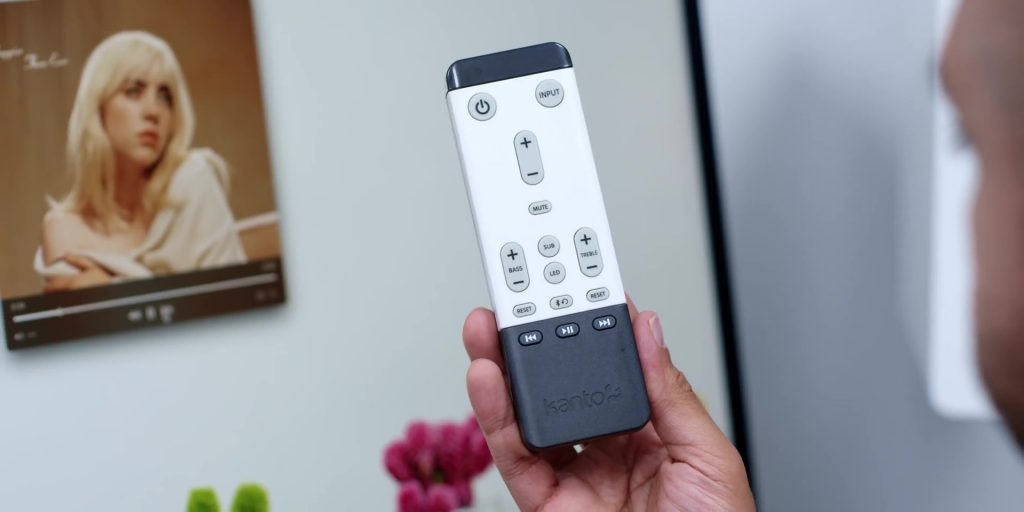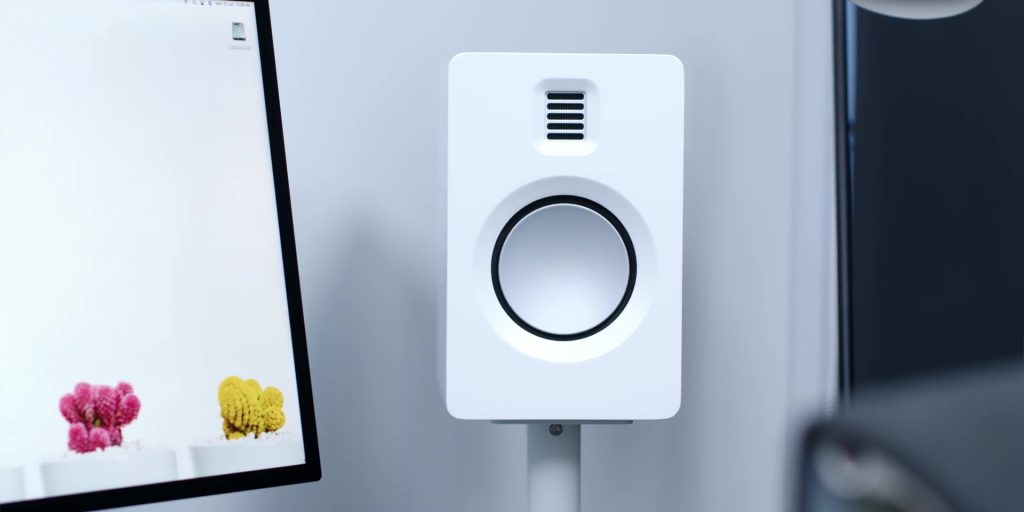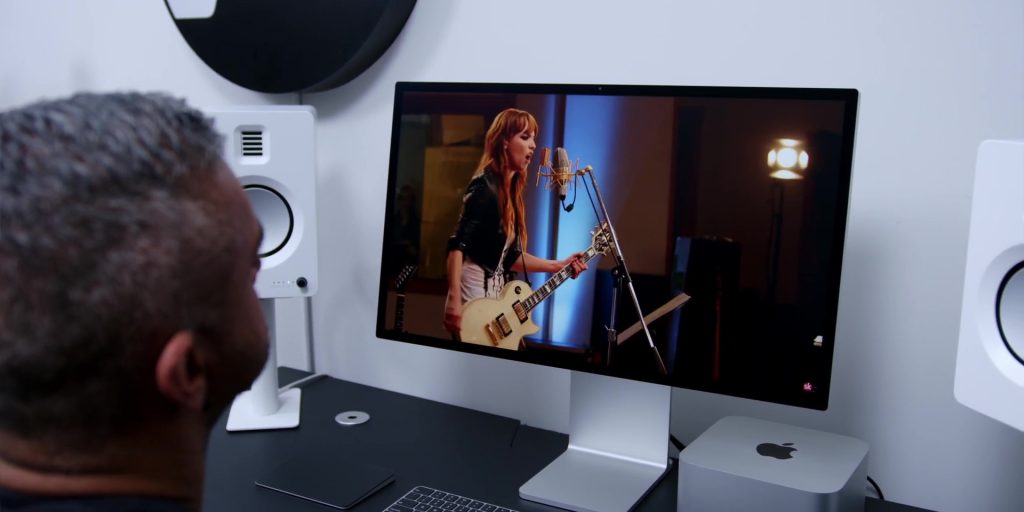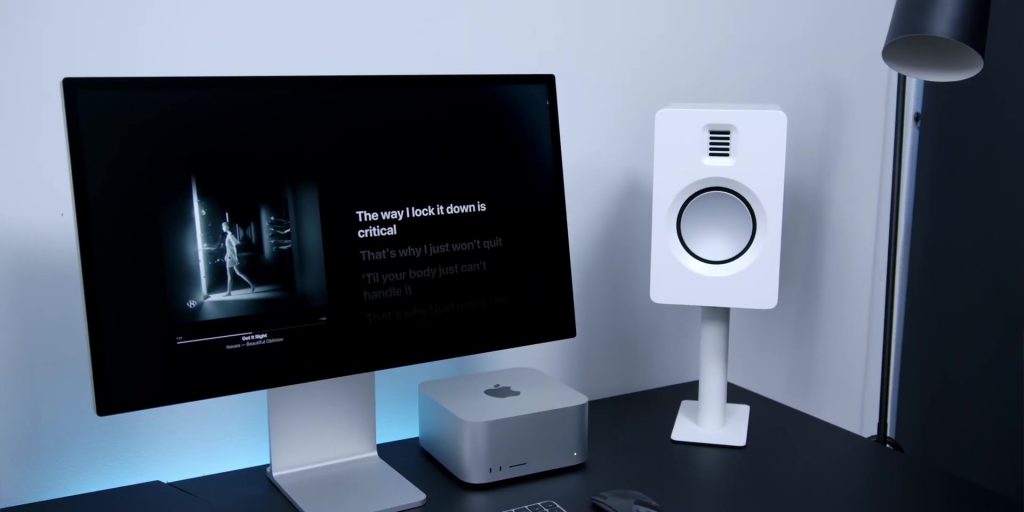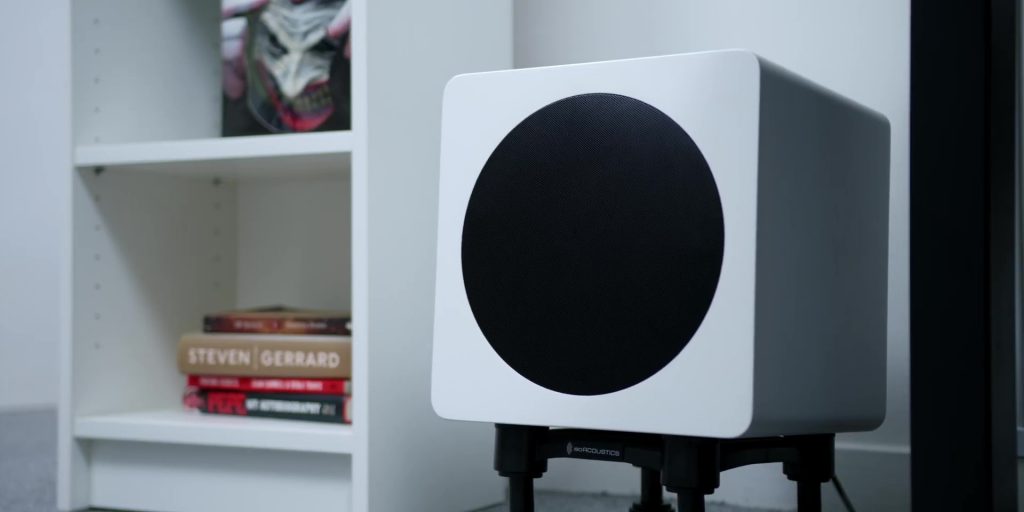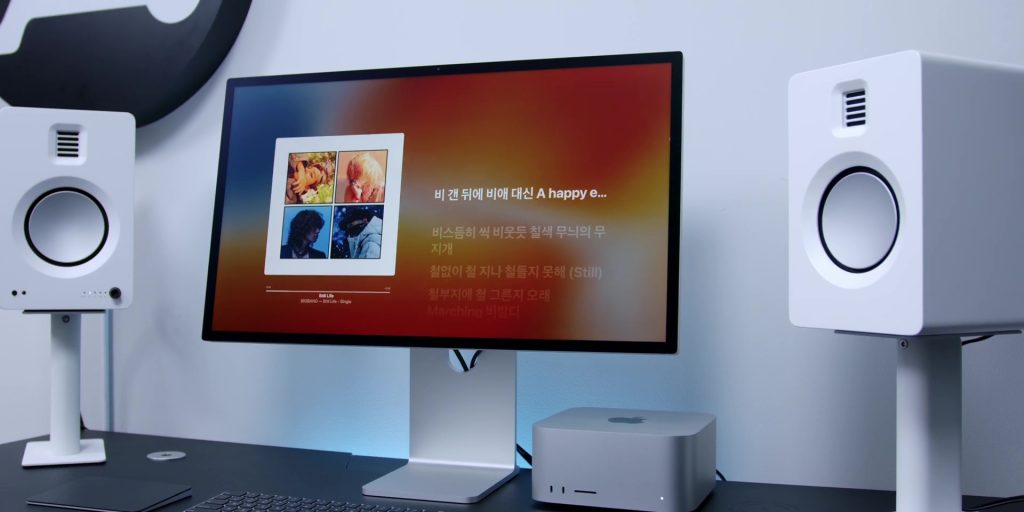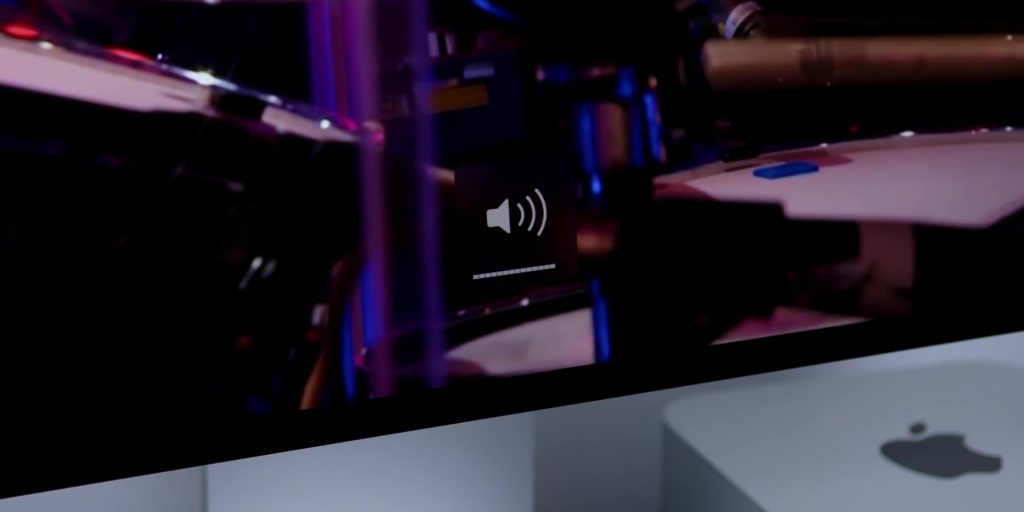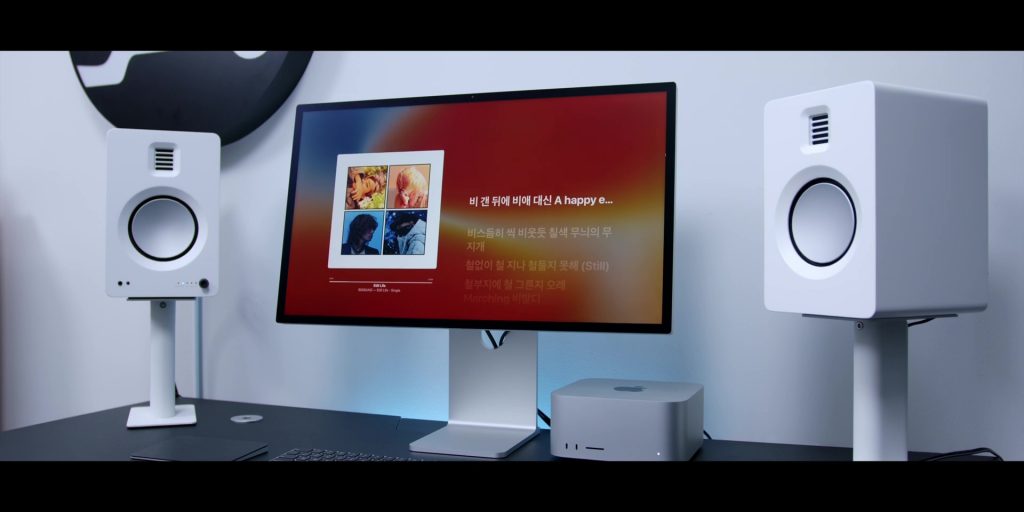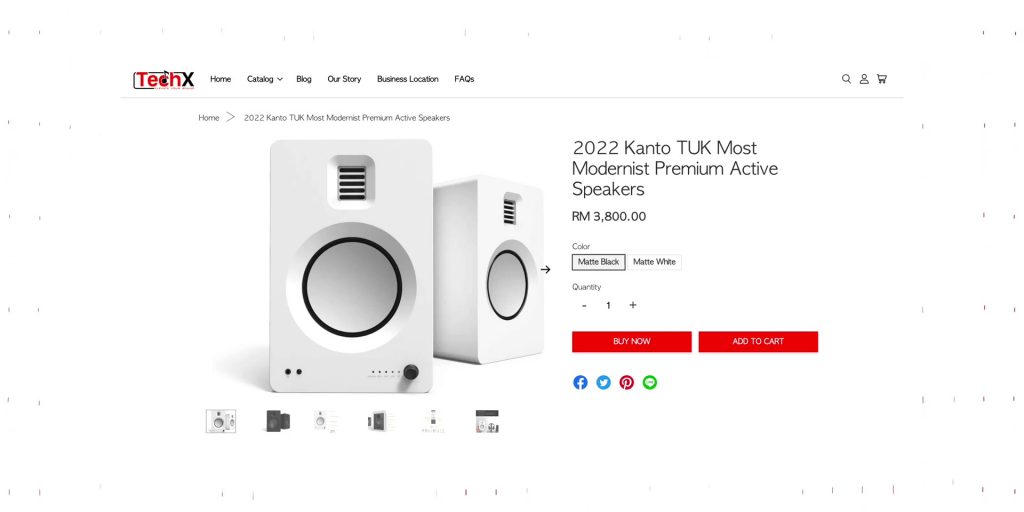So I have reviewed the entire Kanto YU range of speakers for the past few months. And honestly, nothing could have prepared me for this – the Kanto TUK flagship powered bookshelf speakers!
So, if you have been impressed with the YU family of speakers that I’ve reviewed so far, then the Kanto TUK kicks it up a few notches.
I mean, seriously! Because for me, they are just perfect as I expect them to be, but er… spoiler alert! Let’s calm down and “TUK” it one step at a time, shall we?
https://youtu.be/d1EGbsRA98E
What’s in the box
Now, let’s start with what comes inside of the box.
Remote with batteries
2 x Magnetic Grilles to protect the speaker
A Power Cord
The Speaker Wire with the Banana Plugs, which I have to say that I really appreciate this compared to the typical standard speaker wires
Then there’s a 3.5mm to RCA Cable
A USB-A to USB-B cable for the DAC connection
8 x Rubber Feet and of course, the manual as well
[easy-image-collage id=8548]
Design & Build
So as you know, or if you did not know, Kanto speakers have always had a clean, very minimal design as TUK follows the same lines of that. It is available in Matte Black and Matte White, and the build quality is extremely rock solid and also overall very compact indeed.
And we all need to take a moment to appreciate the amazing aesthetics of the speaker; I mean, just look at it, and with this, in my humble opinion, this Kanto TUK is the best design not only compared to the other Kanto speakers that I have reviewed but also even better than the Airpulse A100 that I currently own in white as well, which prior to this TUK, was my favorite looking speakers.
Now even though there are the magnetic grilles, which was a nice touch from Kanto to protect the speakers, there is NO WAY I am going to be hiding this beautiful speaker with those magnetic speaker grilles, but again that is just my personal preference.
Each speaker cabinet measures at 7” x 8.5” x 10.9” and weighing at 5kg and 4.5kg for the active left speaker and passive right speaker.
And on the front, there is the 28x35mm high-performance, highly accurate Air Motion Transformer, also known as AMT, which is the tweeter on top and a 5.25-inch aluminum driver at the bottom of each cabinet.
Then what’s interesting, there is also the 3.5mm headphones jack, which is a brilliant move by Kanto, for you to easily plug in a headphones if you want to, then beside that, there is the LED status light, which is something different compared to the entry-level and mid-range Kanto speakers, which I really appreciated more as now we don’t have to guess which source input that you are in.
Then on the opposite side, there is the multi-function control knob, which I do wish there was some level to stop to know whether the volume was at maximum, but since I have been used to this kind of volume knob for the other Kanto speakers that I have reviewed, so I did not mind that at all.
Then over at the back, you’ll find a full range of connectivity options, which I’ll touch into that in my next section.
So yes, overall, the Kanto TUK is such a gorgeous-looking pair of speakers and even more perfect in this Matte White color. And if it were glossy, it would look very close to a Storm Trooper!
Hardware & Connectivity
So both the AMT tweeter and the aluminum woofer are powered by a built-in 130W RMS or 260W Total Peak Power Class D amplifier. It has a frequency range of 50Hz to 20kHz.
Then in terms of the connectivity, once again the Kanto TUK throws in almost everything but the kitchen sink. On the active cabinet is where all the connectivity options are made available.
First, there is the bass reflex port at the top, followed by a USB Type-B port for you to connect the speaker to a computer as the speaker has a built-in DAC to feature high-quality 24-bit/96kHz audio; hence it will instantly upgrade your computer’s audio quality.
Then there is the optical TOSLINK digital audio input followed by a phono pre-amp RCA input, which lets you connect to a turntable. Next, you will find the RCA inputs and the mono-RCA subwoofer output.
Looking down below, there is the USB Type-A port for charging any device which has 5V power. Then there is the speaker output terminals for connecting it to a slave speaker, the power cable input, and the on/off switch over there as well.
Now, one thing to also note is that the TUK also offers high-res Bluetooth connectivity with support for Qualcomm aptX, which allows you to use your smart handheld devices wirelessly to connect for music playback. You can pair this to multiple devices, but only one device can be connected and used for playback at a time.
In terms of the wireless connectivity, once again, things are pretty straightforward. Simply just pair your Bluetooth devices, and you’ll be on your way. There’s only Bluetooth 4.2 and not 5.0, but at least you can get to enjoy full aptX, aptX HD, and also AAC codecs as well.
And the TUK also supports better than CD quality audio playback, delivering 24-bit/48kHz quality audio.
Like the other Kanto-powered speaker systems, the TUK also comes with an IR remote control where you can control the Power, Source Selection, Volume, Tone, and many more.
Performance
Next, let’s talk about the performance but firstly, just so you all know, I tested the speaker using the USB input as I wanted to take advantage of the DAC in the speaker and guys… I must say that I was BLOWN AWAY by the sonic performance of the Kanto TUK. And it starts with the AMT Tweeters, as it really delivers incredible sweet high-end frequencies. The AMT also works differently from regular tweeter drivers, using an accordion-style of design.
The audio is very bright and quite lively, and detailed. In my humble opinion, all tweeters should be sounding like this!
When it comes to the mid-range though, the Kanto TUK crushes it pretty well. The mid-range is rich, punchy, textured and the frequency separation is just spot on. The vocals feel rich, notably richer for female vocals.
And I was also very impressed with the low-end because this is the first ever Kanto speaker that I have reviewed, which I have to say sounds really good even WITHOUT the Kanto SUB8, as I felt that the low-end was just perfect. And it was the first time that I did not have to tweak any EQ on the remote, like how I did on previous Kanto speakers.
So, the overall sound quality was very well-defined, engaging, without any distortion whatsoever, even on its low-end. And it overall performs better than my current Audioengine A5+ in terms of the overall bass response too.
Now, just for the sake of testing, I have decided to test it with the SUB8 as well. Besides just bringing the added low-end sound to the overall equation, it also unlocks the built-in active crossover network, which will further improve the low-end resolution by filtering out frequencies below 80Hz when connected to a subwoofer.
So what it does is that it will send anything below 80Hz to the subwoofer and anything above 80Hz to the two Kanto speakers; hence freeing up the Kanto TUK’s built-in amplifier to focus solely on the midrange and highs, which is similar to adding a sub to a soundbar in your home theater speakers, and that my friends, is really nice to know.
Then there is also the Channel Swap, which makes the speakers to set up to deliver the stereo experience that the recording engineers intended.
So by default, the active speaker is set to the left channel, right? And to make the right speaker to be your active speaker, just press and hold the Next Track button for 5 seconds on the IR remote and if you want to switch it back, just press and hold the Previous Track button for 5 seconds.
So once again, with this sub or even without the sub, the soundstage is wide, and always has a sense of depth and space. And I’m really impressed with the clarity, the accuracy and also the overall stereo imaging, which is perfect for any situation, or any desk setup, studio, a traditional hi-fi listening room, or even a TV Entertainment setup.
And with this, I have to say that this is a very versatile pair of speakers that will deliver excellent audio quality no matter the genre of music that you like to listen to.
Now, another thing that is worth mentioning is that I really appreciated the high volume that the speaker gave because if you really like serious volume, then the TUK can really crank it up if you need it to, because it really filled the whole entire studio, as though like I had a full range 15-inch speakers! No kidding!
While this isn’t the best way to hear how it sounds in real life, but I’ve put up some sample recordings in my YouTube video using a high-quality microphone, for you to roughly hear how it sounds, so do check it out!
Conclusion
In summary, the Kanto TUK looks the business and sounds fantastic, and it offers everything that you could possibly want from a very high-quality powered bookshelf speakers. It offers versatile plug-and-play connectivity options, including Bluetooth with aptX, and is perfect for most – or almost every – environment.
Prior to this, among all the Kanto speakers that I’ve reviewed, the Kanto YU6 was my pick, but I still felt that the SUB8 would complement the bass better, so in return, you’ll be spending more money on the sub.
So as of now, the Kanto TUK is my current speaker, if not my favorite speaker among all the desktop powered speakers. And I might buy them for myself because it is also for those of you who have deeper pockets because of the price factor, as the Kanto TUK retails at RM3,800. Well, I guess, with great quality comes great price, right? And in case you guys are planning to get it, you can obviously grab them from TechX, so head over to techx.com.my for more information.
So, what do you think? Which one would you pick? The Kanto TUK over the Kanto YU6 if money wasn’t an object?
Get the Kanto TUK at the link below:-
https://techx.com.my/products/kanto-tuk-premium-powered-speakers-malaysiaTechX’s Official Website:-
https://www.techx.com.my/

